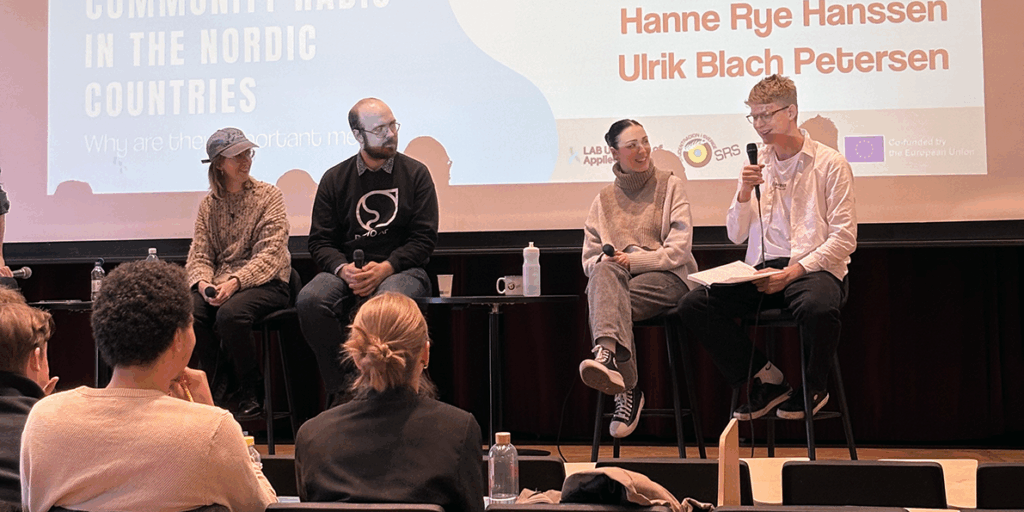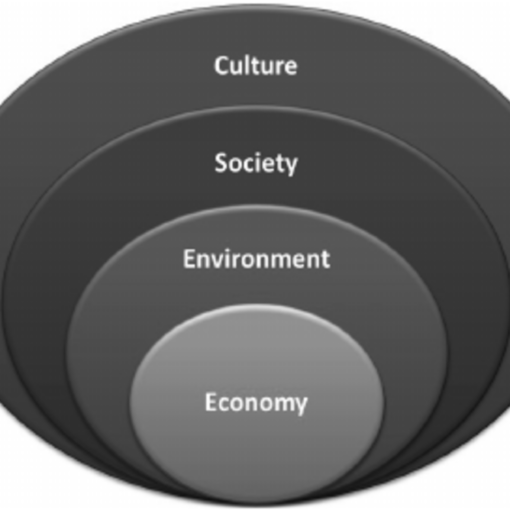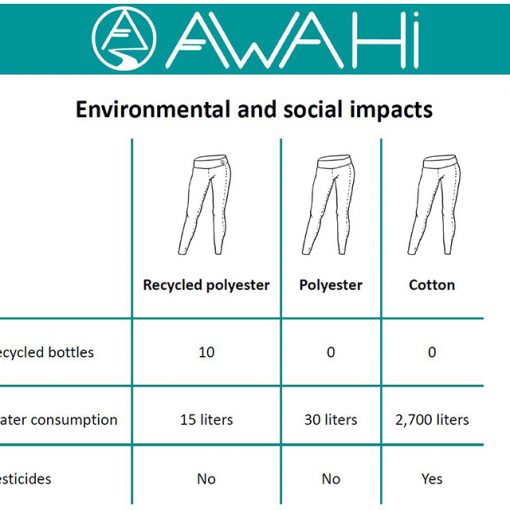In an era marked by the consolidation of media ownership and the decline of media diversity (Fontaine & Kevin, 2016), student radio can play a critical role in preserving a plurality of voices if supported adequately. Student radio is a non-commercial broadcasting platform operated primarily by students. It offers hands-on experience in media production while serving as a voice for student communities and promoting diverse, independent content often absent from mainstream media (Quicke 2024; Laor 2019; Doliwa 2016).
Media ownership in Europe has increasingly shifted to financial investors and portfolio managers, often leading to homogenised content and narrow viewpoints shaped by commercial interests (Nichols & Martinez 2020; Hendrickx & Ranaivoson 2018; Fontaine & Kevin 2016). In contrast, student radio stations operate independently from such pressures, offering space for alternative content and community-specific issues. Historically, student radio has given early exposure to voices and music that later reached the mainstream, such as hip-hop culture or bands like Nirvana (Quicke 2024).
Student radio potential and challenges
Student radio is not only about broadcasting but also a powerful pedagogical environment. It provides students hands-on training in journalism, technical production, and media management, building practical skills and instilling civic engagement (Hautaniemi 2022; Laor 2019; Quicke 2024).
Despite their potential, many of these stations struggle with limited funding, a high turnover of voluntary staff, and a lack of institutional support (Freeman 2020; Raymond 2016). To support them, the Erasmus+-funded project Creation of Online Micro-Courses for Student Radio Production (link to the project website), a collaboration between Studentradion i Sverige (SRS), Turku University of Applied Sciences, and LAB University of Applied Sciences in 2023-2025, set out to provide accessible, targeted learning tools for student and community radio practitioners.
One persistent issue is the transmission of tacit knowledge between generations of student radio makers. High turnover, typical of academic settings with students graduating and finishing courses periodically, can cause operational knowledge to vanish. Without effective onboarding or structured training, newcomers often lack the necessary tools to create reliable, relevant content (Freeman 2022; Raymond 2016; UNESCO 2021). Resource limitations exacerbate this challenge, as many stations cannot develop their own training programs.

A Modular Learning Solution
The project developed a modular, online micro-course in student radio production to address these gaps. The course comprises seven classes covering themes from inclusivity to navigating misinformation and the future role of radio. Each class is built around a podcast featuring expert interviews, followed by interactive questions to support learning. Hosted on the Google Classrooms platform, the content is self-paced, requires no administration, and is freely accessible, making it easy to engage regardless of schedule or location. The format quickly assimilates essential knowledge, freeing more time for creative and trustworthy content creation.
The course was launched on March 20th in 2025 at the final event of the project in Gothenburg hosted by SRS. Participants included representatives from 15 student and community radio stations across Sweden, Norway, Finland, and Denmark, who shared feedback and explored future use cases.
Expanding the pilot in the future?
While designed to meet immediate training needs, the modular micro-courses have broader applications. Their structure allows for ongoing updates in line with evolving technologies and broadcasting practices. The materials may also support broader media literacy efforts, equipping more people to engage critically with media and reinforcing democratic discourse. Feedback for the pilot course showed that such an approach is relevant and fills a gap.
Although student radios face ongoing challenges, from budget cuts to declining appreciation and student participation, they remain vital institutions for underrepresented voices and grassroots innovation with a pedagogical edge (Freeman 2022; Quicke 2024; Laor 2019; Hautaniemi 2022). The project showed that their sustainability can be supported by providing accessible tools for learning, leadership, and continuity in a changing media and university environment.
Author
Ari Hautaniemi works as an RDI Specialist at the Design for Futures research group at the LAB University of Applied Sciences Institute of Design and Fine Arts. He was the project manager of the Creation of online micro-courses for student radio production initiative.
References
Doliwa, U. 2015. The history of student radio in Poland. Interactions, 6(1), 107–125. Cited 5 Jun 2025. Available at https://doi.org/10.1386/iscc.6.1.107_1
Fontaine, G. & Kevin, D. 2016. Media Ownership: Towards Pan-European Groups. Strasbourg: European Audiovisual Observatory. Cited 5 Jun 2025. Available at https://www.ifj.org/what/press-freedom/media-concentration
Freeman, B. C. 2022. How’d They Do? Exploring Experts’ past Opinions of College Radio’s Future. Journal of Radio & Audio Media, 29(2), 342–356. Cited 5 Jun 2025. Available at https://doi.org/10.1080/19376529.2020.1806846
Hautaniemi, A. 2022. Organisational artefacts in European student radio: Exploring the organisational culture of student radio in Europe. International Communication Gazette, 86(2), 146-168. Cited 5 Jun 2025. Available at https://doi.org/10.1177/17480485221141607
Hendrickx, J., & Ranaivoson, H. 2019. Why and how higher media concentration equals lower news diversity – The Mediahuis case. Journalism, 22, 2800 – 2815. Cited 5 Jun 2025. Available at https://doi.org/10.1177/1464884919894138
Laor, T. 2019. ‘Journalist 2.0?’ educational radio in Israel. Israel affairs. [Online] 25 (5), 890–907. Cited 5 Jun 2025. Available at https://doi.org/10.1080/13537121.2019.1645952
Nichols, R., & Martinez, G. 2020. Political Economy of Media Industries: Global Transformations and Challenges. Oxford: Routledge. https://doi.org/10.4324/9780429469336
Quicke, R. 2024. Finding Your Voice in Radio, Audio, and Podcast Production. 1st edition. Oxford: Routledge.
Raymond, R. K. 2016. Managing college radio: Understanding American college stations through their management practices. Radio Journal, 14(2), 193–211. Cited 5 Jun 2025. Available at https://doi.org/10.1386/rjao.14.2.193_1
Scherzinger, M. 2005. The Impact of Media Consolidation on Content Diversity. Cited 5 Jun 2025. Available at https://en.wikipedia.org/wiki/Radio_homogenization
UNESCO. 2021. Best Practice Approaches for Community and Campus Radio Stations. Cited 5 Jun 2025. Available at: https://unesdoc.unesco.org/ark:/48223/pf0000391264
Links
Link 1. Studentradion i Sverige. Creation of online micro-courses for student radio production. Cited 5 Jun 2025. Available at https://studentradion.se/erasmus/




